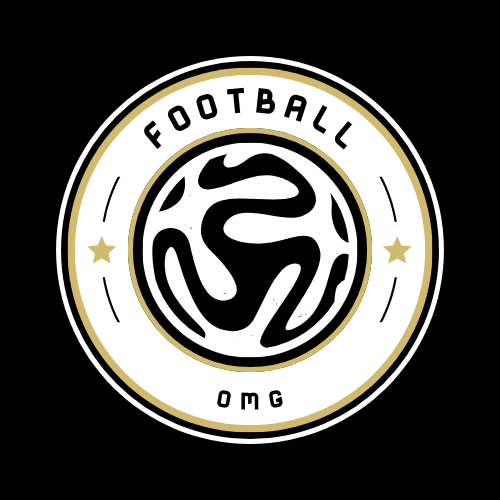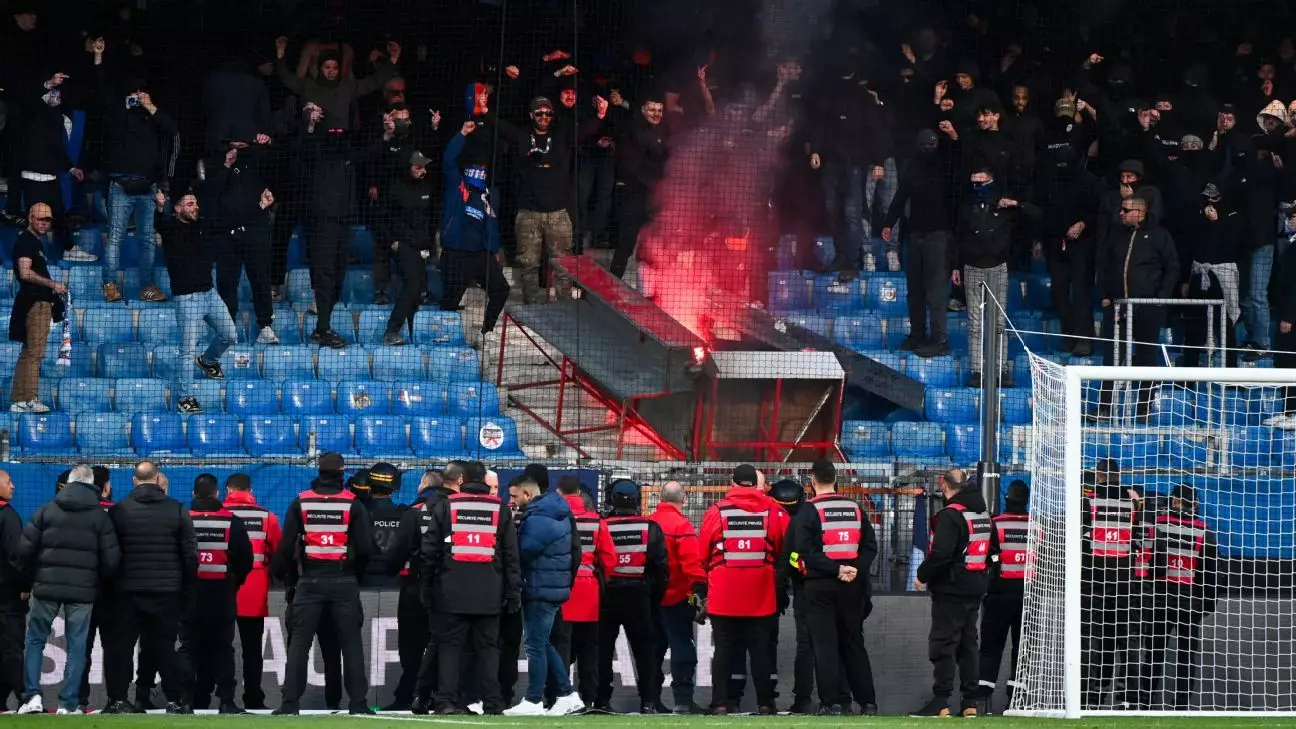In an alarming incident on a Sunday afternoon, a Ligue 1 match between Montpellier and Saint-Etienne was abruptly halted due to an outbreak of chaos caused by flares lit by fans. The match, which took place when Montpellier found themselves trailing 2-0 after Lucas Stassin’s two-goal lead for the visitors, took a drastic turn in the 63rd minute when smoke and flames erupted from the stands, forcing referee Francois Letexier to take immediate action. The widespread panic that ensued was not only a reflection of the dangerous behavior from fans but also underscored the persistent issues that continue to plague French football.
Locally circulated reports indicated that a person required medical attention after being found on the ground, highlighting the potential dangers associated with the reckless actions of some supporters. The hastily crafted response led to both teams being sent back to their locker rooms while fans from Montpellier expressed their frustration through acts of vandalism in the crowd. The resulting fire was extinguished, yet concerns about safety rendered any attempt to continue the match futile.
Dissecting Fan Culture: a Tumultuous Relationship
The events at Montpellier’s home ground not only demonstrate an immediate problem but also reflect the broader issues within French football culture, particularly around fan violence. The local authorities had previously taken the precautionary measure of banning Saint-Etienne’s fans from attending the match due to their reputation for violence, which undoubtedly carries heavy implications for team rivalries and public safety. The French government’s ongoing struggle to control hooliganism has become a hot topic, with clubs like Saint-Etienne openly opposing proposals aimed at disbanding their core supporter groups, the ‘Magic Fans’ and ‘Green Angels.’
In what appears to be a refusal to bow to political pressure, Saint-Etienne’s management sided with its supporters, denouncing the government’s plans as ineffective. Their argument hinges on the belief that heavy-handed measures may not only be counterproductive but could also alienate loyal fans—all while failing to address the root causes of hooliganism.
A Legacy Under Threat: The Saint-Etienne Debate
What is often overlooked amidst the turmoil is the historical significance of clubs like Saint-Etienne, which was once a dominant force in French football during the 1960s and ’70s. However, with mounting challenges on and off the pitch, the identity of these clubs and their relationships with their fan base are becoming increasingly at risk. The alarming statistics showing Montpellier’s six consecutive league losses and their declining position in the standings raise questions about how such tumultuous external factors can affect the morale of a struggling team.
Saint-Etienne’s poor away form has repeatedly drawn attention, yet it is the underlying tensions between fans and the authorities that may prove to be more damaging in the long term. The memory of violent altercations, such as last November’s massive brawl that involved hundreds of fans from both clubs, highlight the escalating animosities that can erupt during matches. As French authorities grapple with these pressing issues, it is clear that a larger conversation about the nature of football culture, community engagement, and how best to promote a safe environment in stadiums is urgently needed.

